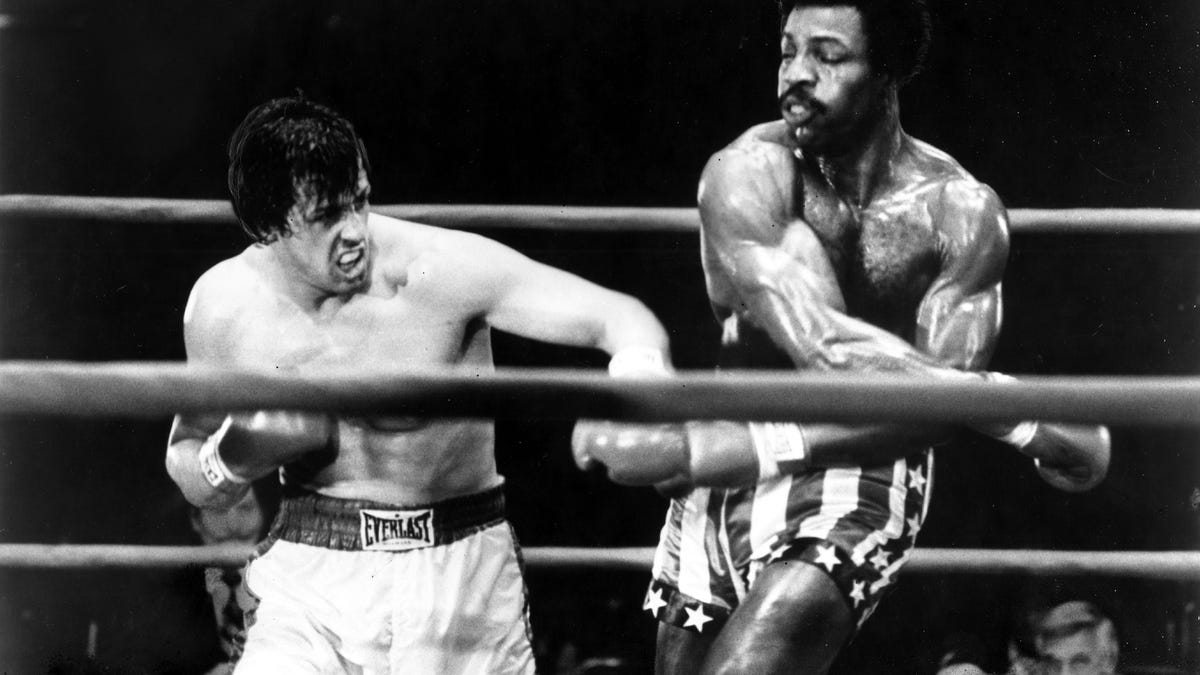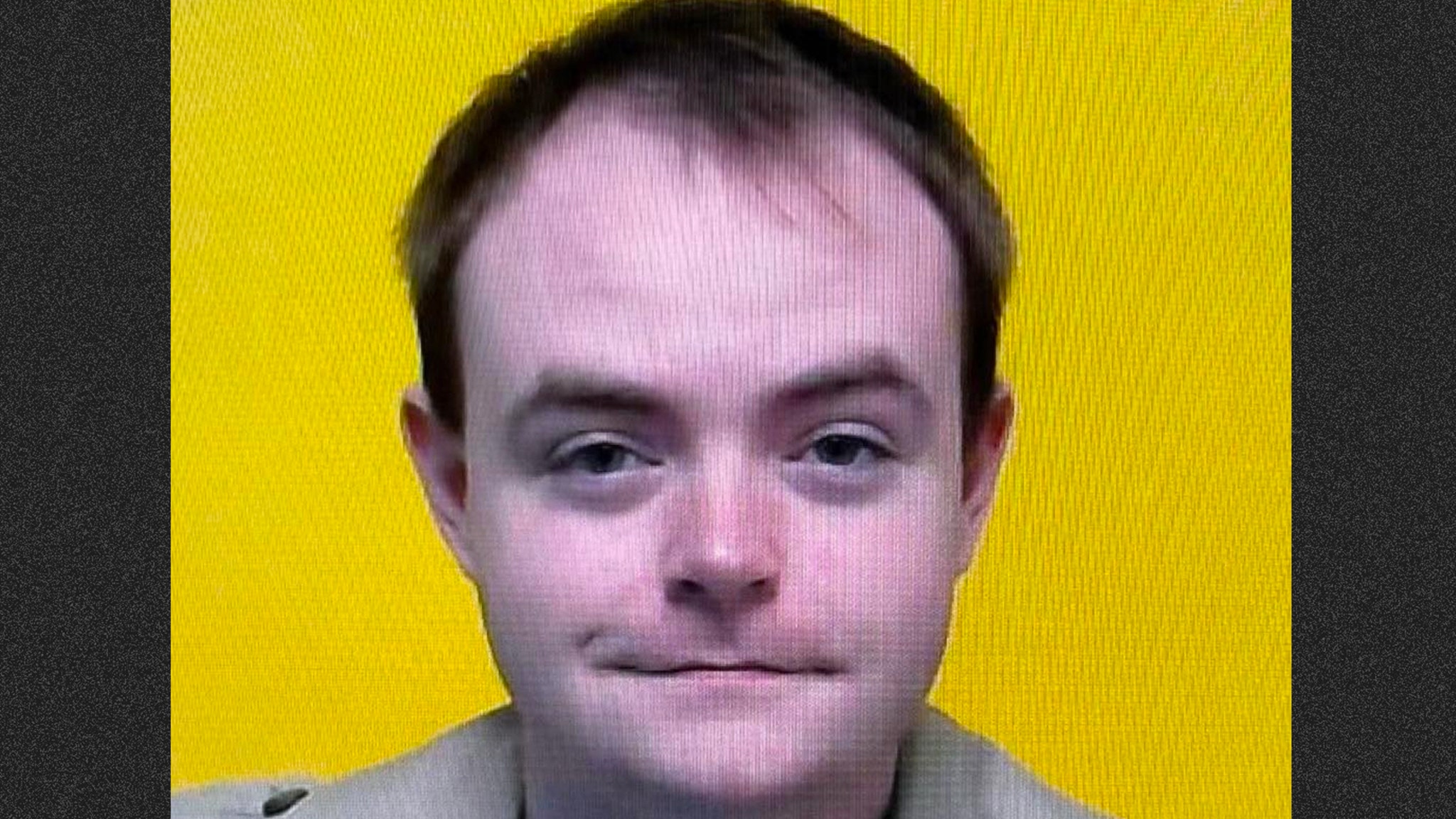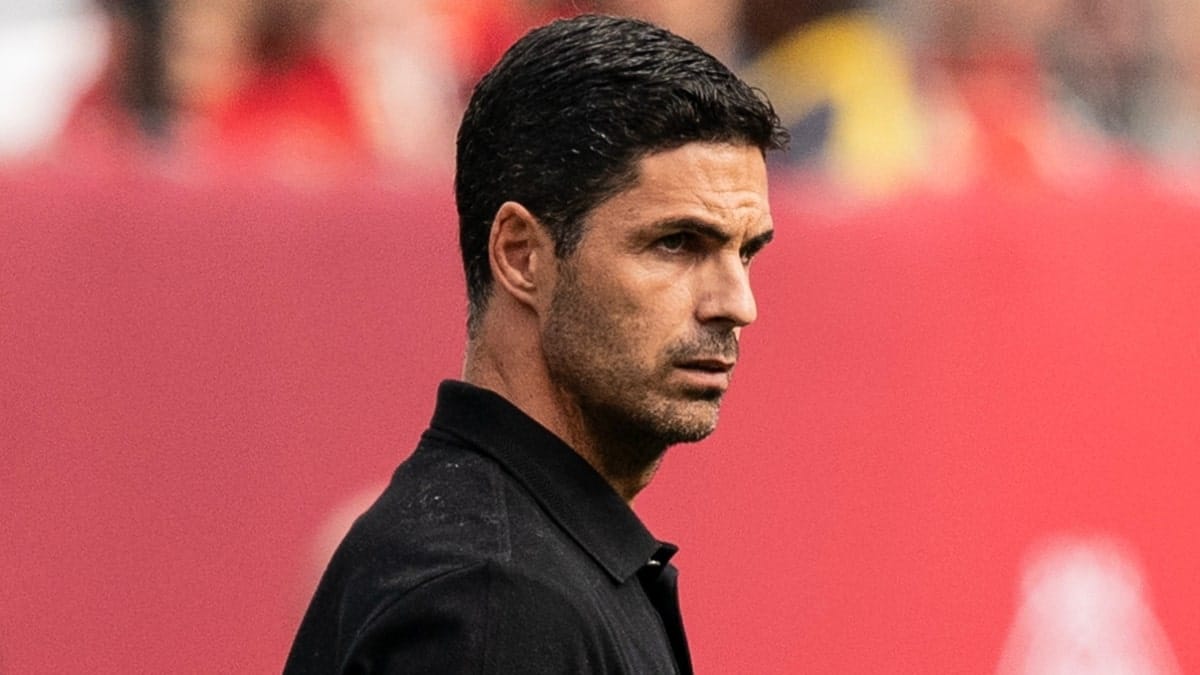The Narendra Modi of today is different from the Modi of 2014 who was, in turn, different from the Modi of 2002. The India of 2024 is different from the India of 2014 which was, in turn, different from the India of 2000.

Almost all the commentary around the opening of the Ram temple — the ones that are gushing as well as those that are hand-wringing — either ignores or is unaware of this. Given the obstinacy of some commentators to refuse to see Modi through any filter but the 2002 Gujarat riots, and the obduracy of others who have lifted the Prime Minister (PM) to the level of a Superman who can do no wrong, the latter seems more likely than the former.
Almost all the commentary has focused on the past, the events that led to this, while the true import of the temple’s opening is on the future.
It will be illuminating to understand how the temple fits into the new India’s psyche, and what it says about new India’s hopes and aspirations. And it will be useful to understand just how Modi plans to leverage this huge national mobilisation (winning the 2024 election is an answer that is both lazy and wrong).
It is because the Bharatiya Janata Party (BJP) and Modi look set for a third straight term. The BJP has consolidated the Hindu vote using not just Hindutva, but its ability to effectively tackle first-generation problems (such as housing, electricity, piped water, and sanitation). The latter has helped it expand its base to include people from the other backward classes (OBCs) and Dalits, both traditionally loyal to so-called social justice parties such as the Samajwadi Party (SP), the Rashtriya Janata Dal (RJD) and the Janata Dal (United), and the Bahujan Samaj Party (BSP). The weakening of these parties through the past decade has also aided the BJP’s cause.
The government’s pro-business and pro-investment policies ensured the Indian economy’s sharp bounce back from the effects of the pandemic, and have made it the fastest growing major economy in the world. The economy looks set to become the third largest in the world by 2027 or 2028, and while there may be some substance to the argument that the growth has primarily benefited the rich, the government has ensured there is no social blowback by loosening its purse strings for welfare schemes. The pro-business and pro-investment stance of the BJP has helped it in terms of funding (it is the primary recipient of election funding through electoral bonds), even as the government’s highly efficient welfare schemes have attracted the mass vote.
As an aside, friction between the Centre and states ruled by parties opposed to the BJP is, in part, caused by the realisation of the latter that welfare works wonders in the polls, and frustration at signing away their right to tax (by agreeing to Goods and Services Tax, which, despite the politics involved, is fundamentally reformist), and the Centre’s repeated encroachment into subjects in the state list — but that is matter for another column.
The BJP is also that rare political party that has focused on both organic (a huge membership drive has meant the party can now stake claim to being the largest political party in the world in terms of numbers) and inorganic growth. And the fragmented and often fractious Opposition — the INDIA bloc of political parties continues to make more headlines on account of desertions and intra-party differences than anything else — has only made its position stronger.
This takes us back to the original question — or rather, the two original questions. How does the temple fit into new India? And how will Modi use the tremendous equity the opening of the temple has created?
Identity has always been a key aspect of the Indian psyche. Traditionally, political parties have approached this in terms of caste or region. The BJP is different. While it may, at times, harp on caste or regional identity, it has consistently looked at a broader one — religion as a national identity.
This is derived from the core ideology of its progenitor, the Rashtriya Swayamsevak Sangh, which sees no difference between Indian and Hindu. The BJP wasn’t very successful at this in the 1990s, and not even in the 2000s, at least not at the national level. The last decade is an entirely different story.
At one level, this is because India, or at least much of it, has become more Hindu in this period, just as the US has become more Christian. Those unwilling to understand or accept this are unlikely to understand the new India.
At another level, this is because of the emergence of Modi on the national stage. It’s difficult to categorise either as cause or effect. The BJP’s consistent messaging is as responsible for the worldview of the new India as the emergence of the new India is for the rise of the BJP. And Modi is as responsible for the creation of the new India as the new India is for the creation of the Modi brand.
For the majority, then, religion will be the filter through which they perceive everything — history and culture, art, literature, education, politics, commerce, diplomacy, personal relationships, diet, and even science. This has been happening, in degrees, for years, but the temple may well be a tipping point — one that marks our realisation of the transformation if not the significance and permanence of the change itself.
Modi, perhaps more than any other political leader, gets this, and sees the opportunity to channel this religious awakening into national missions. So, when he speaks of Dev to Desh and Ram to Rashtra, he is asking people to press on in the name of God and country. In that sense, this may be the dawn of a new age in India, with Modi, as PM, staring at the kind of opportunity that no other PM, barring Jawaharlal Nehru in the 1950s has been presented with — a blank canvas to create a brand new country. And he is far too smart to be happy with the temples of this new India being just temples.
















